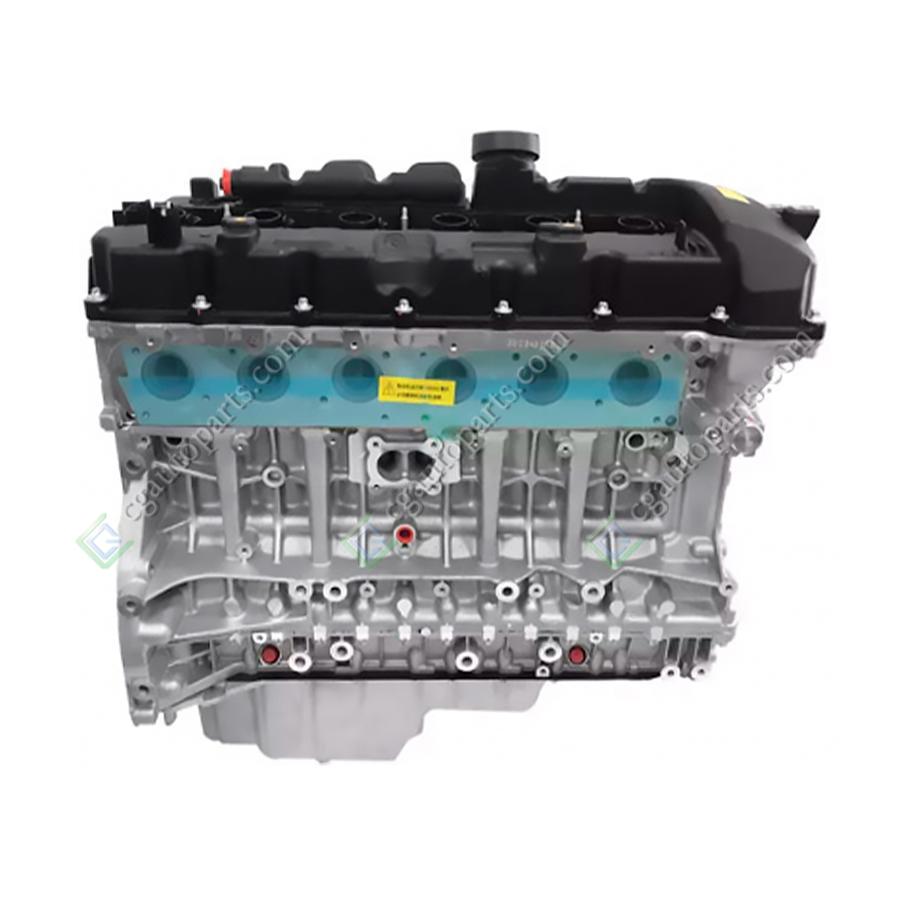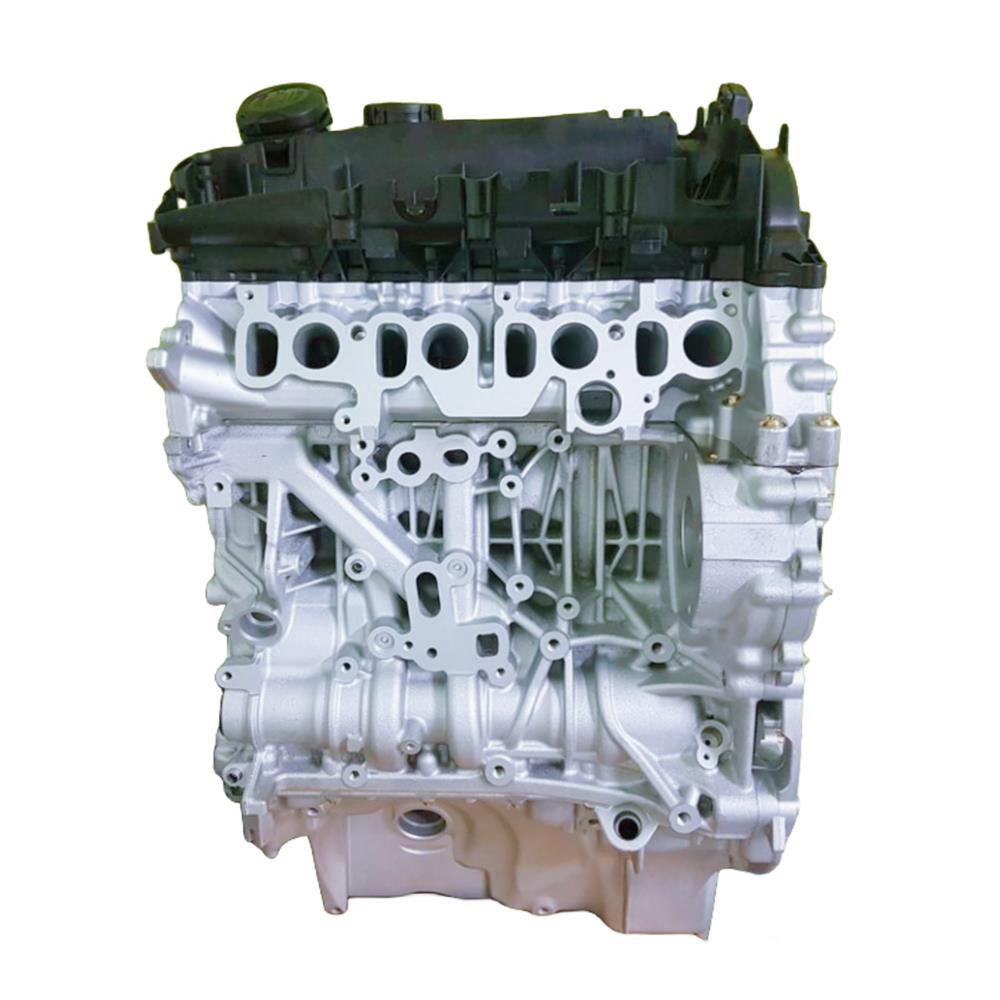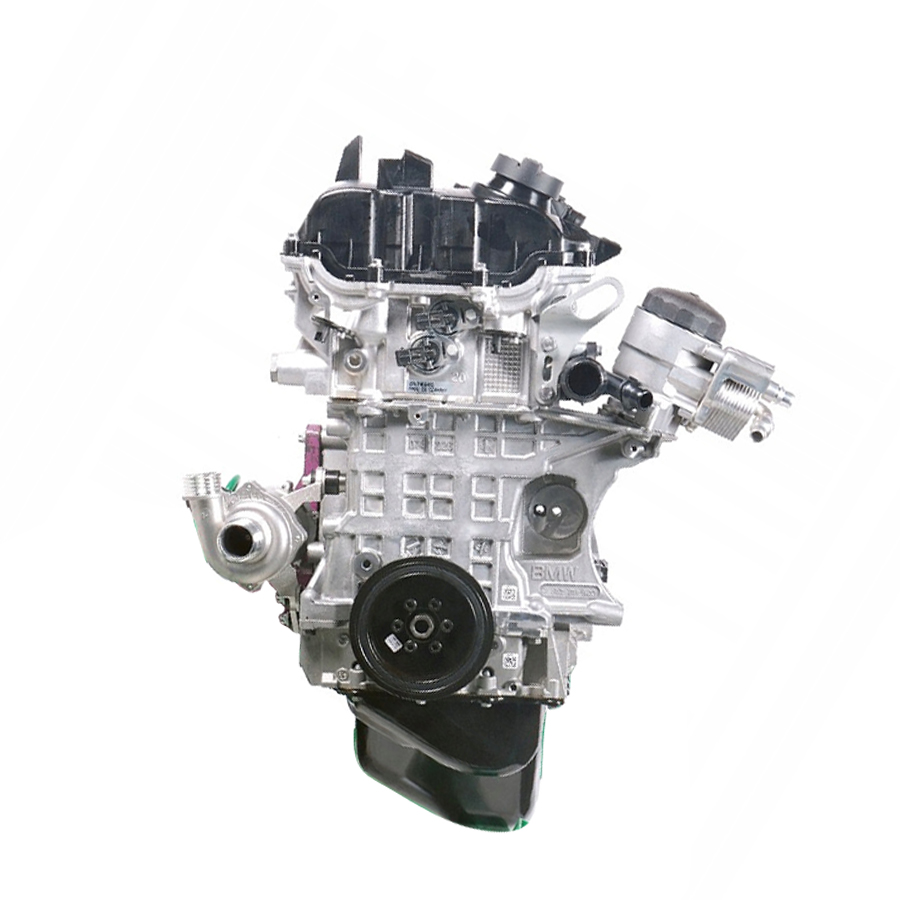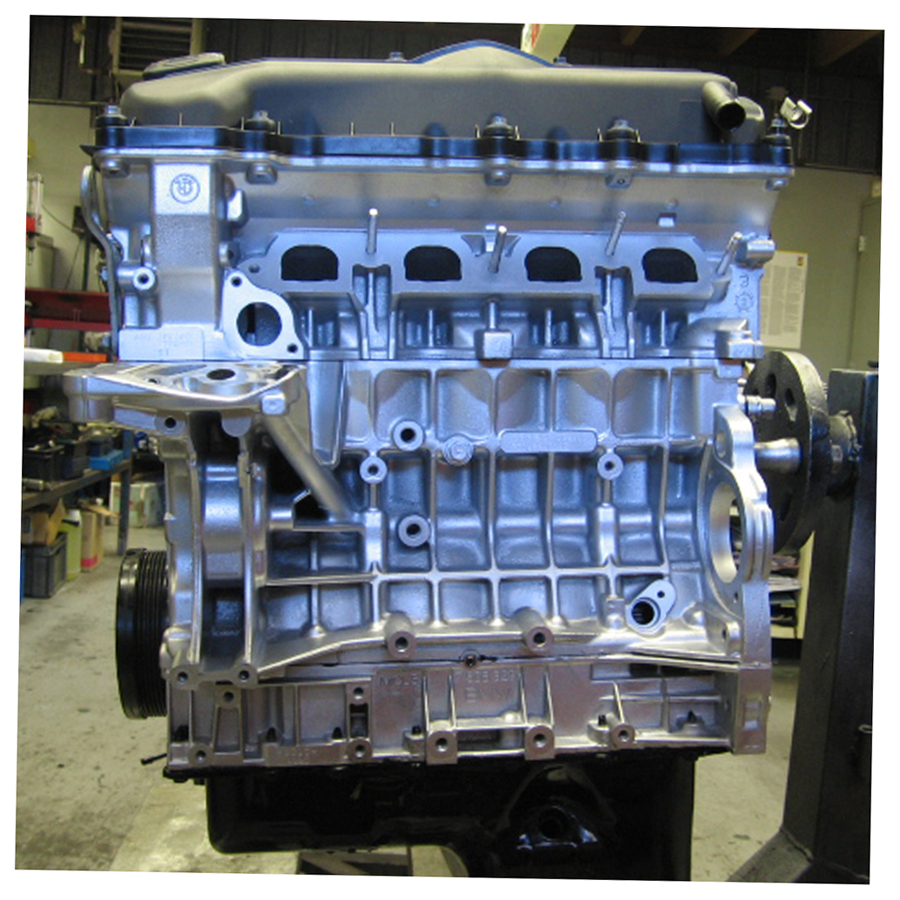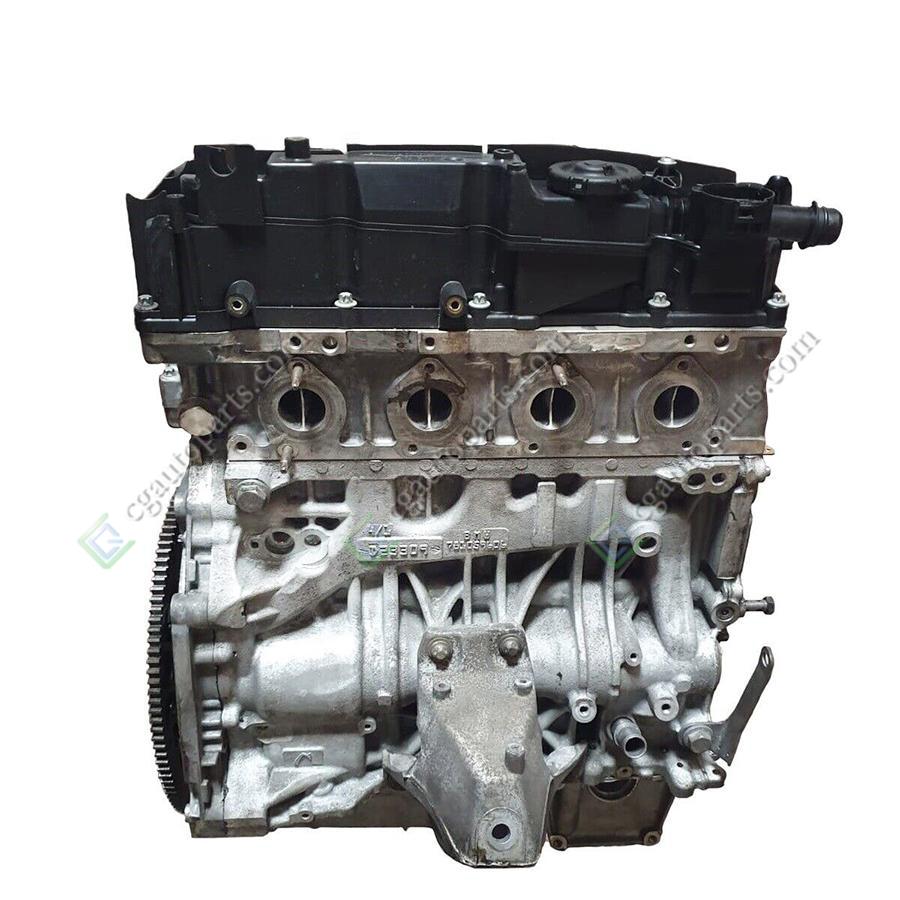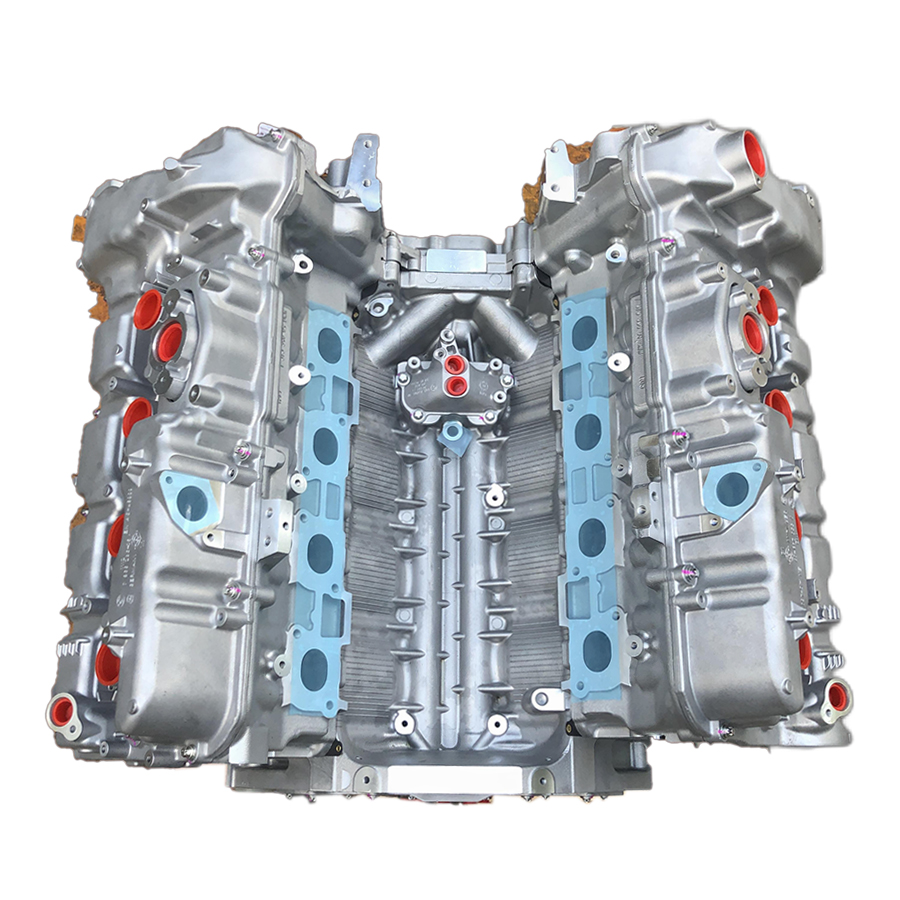COMPLETE ENGINE : Engine Hyundai-Kia G4FA
PRODUCT INTRODUCTION
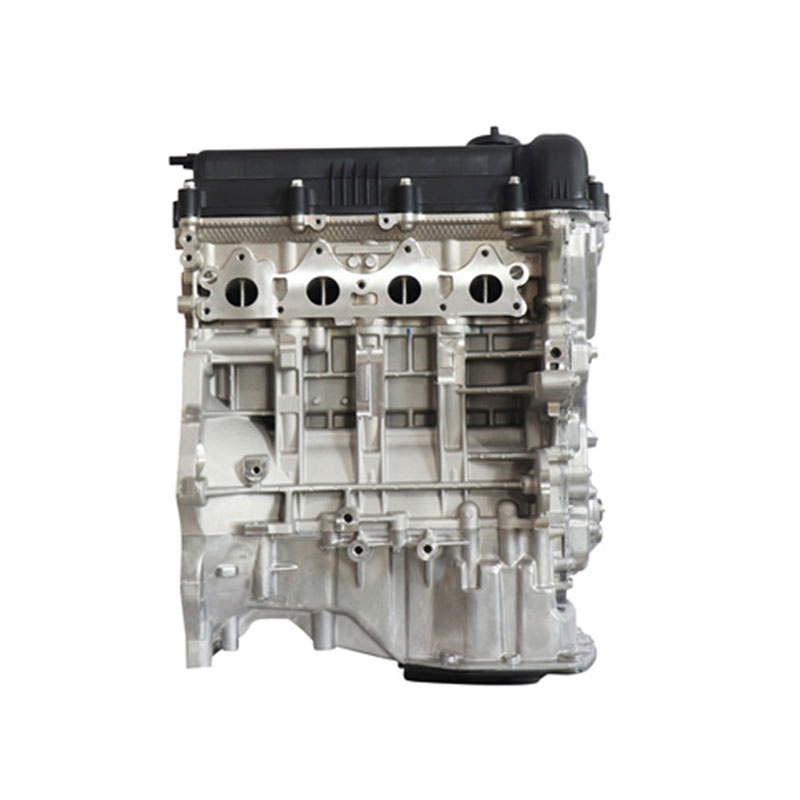
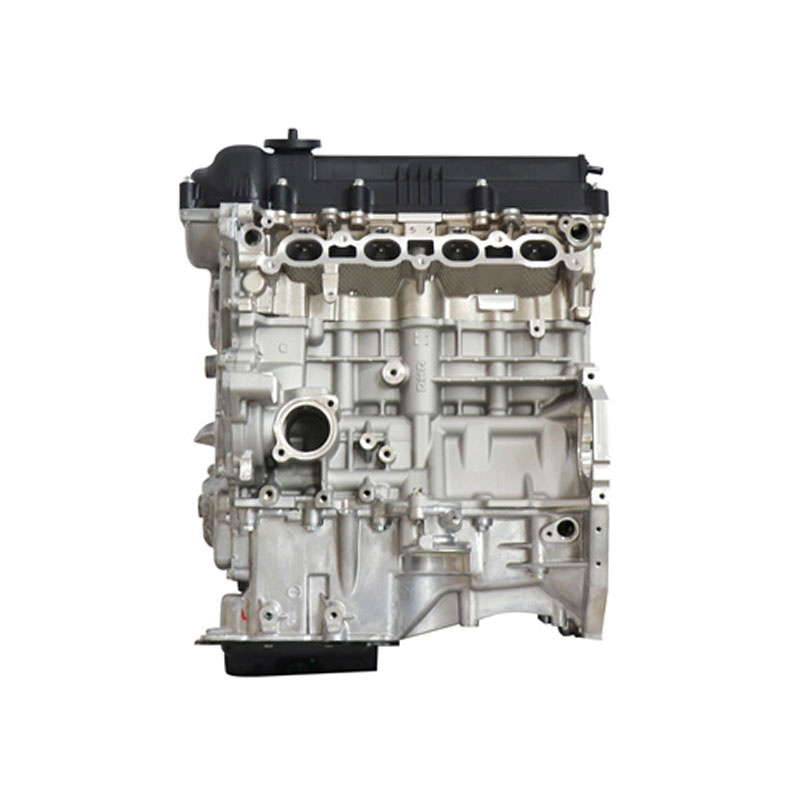
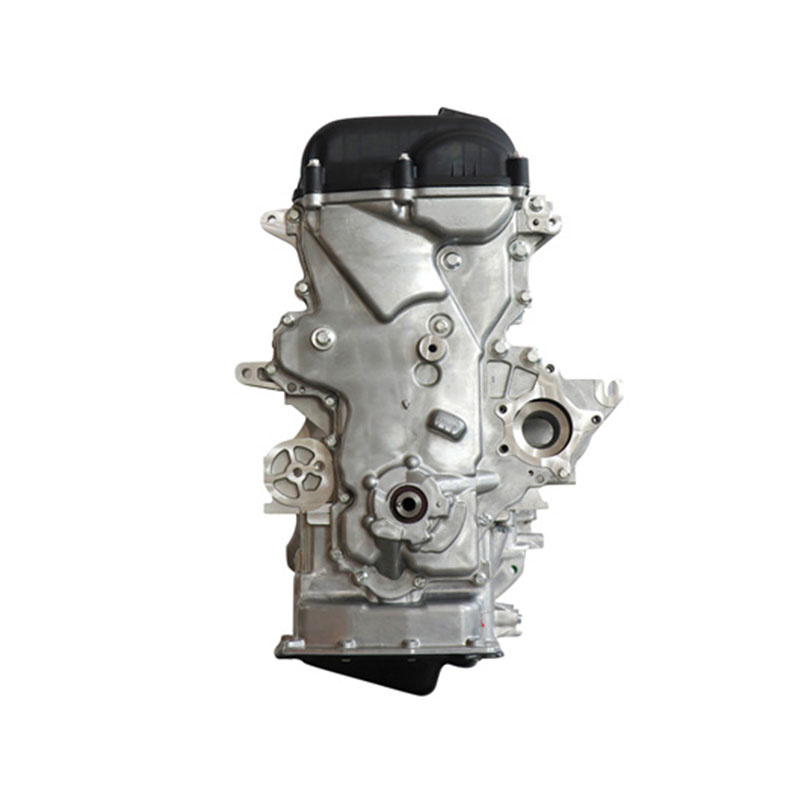
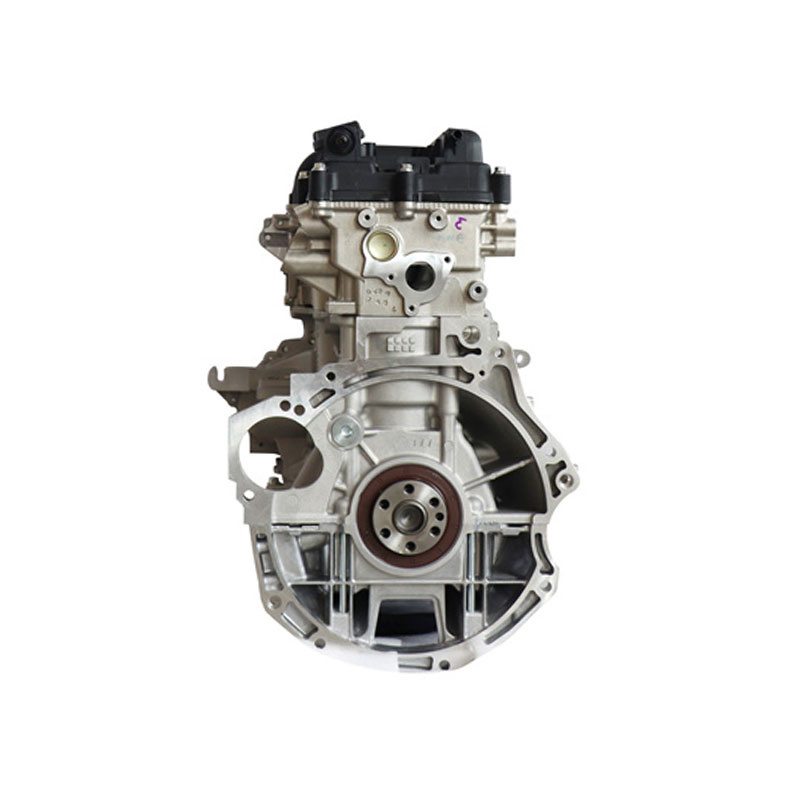

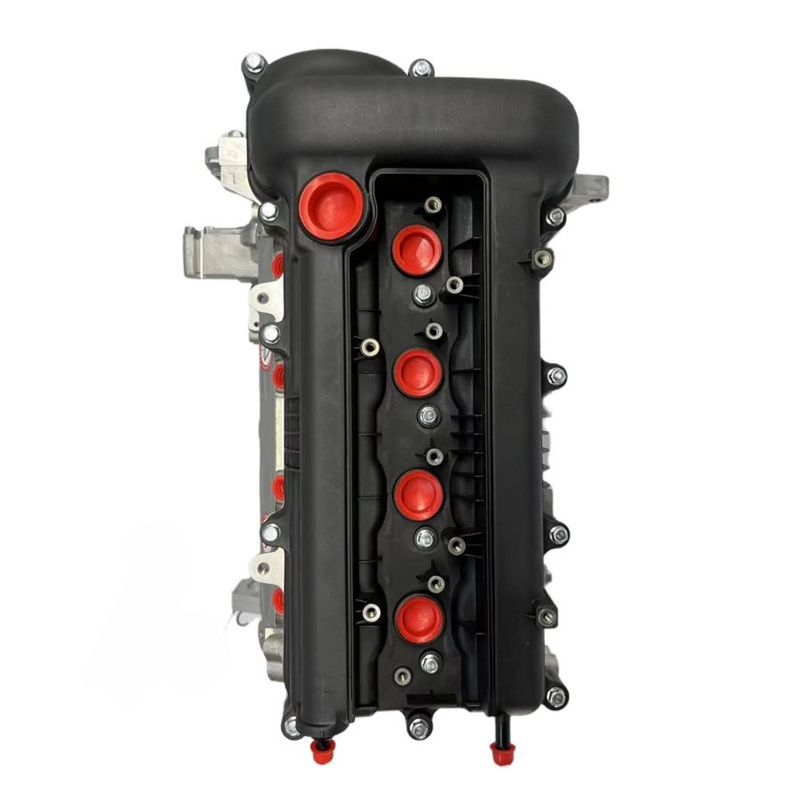
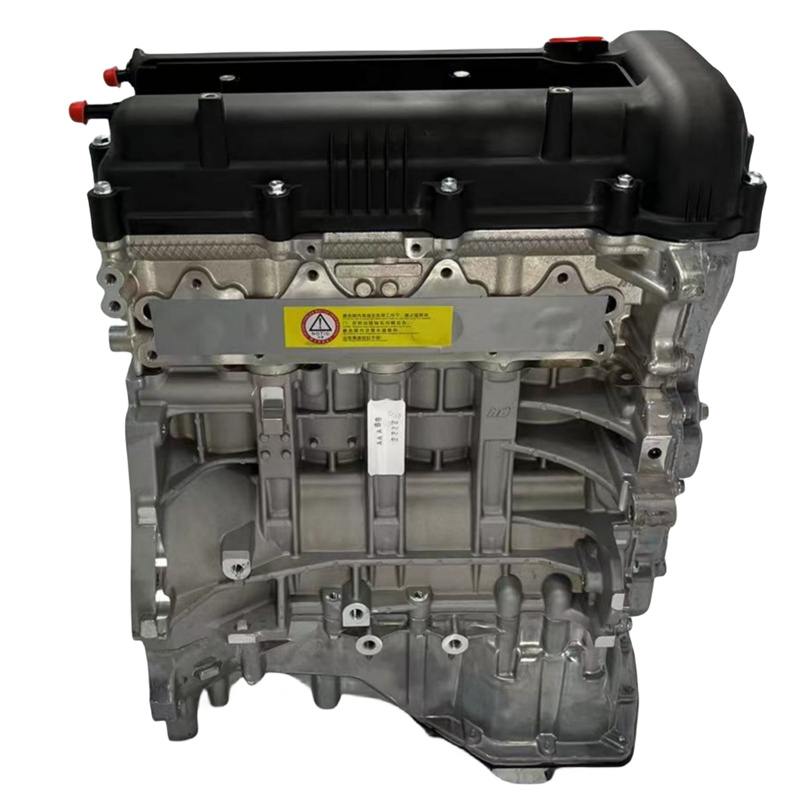
During production, the engine has been modernized more than once, and the main update is the replacement of a huge “ram’s horn” exhaust manifold with a regular small catalytic converter. It was after this that the unit began to lift up due to the ingress of catalyst crumbs into the cylinders.
Specifications
Production years |
since 2006 |
Displacement, cc |
1396 |
Fuel system |
distributed injection |
Power output, hp |
99 – 109 |
Torque output, Nm |
135 – 137 |
Cylinder block |
aluminum R4 |
Block head |
aluminum 16v |
Cylinder bore, mm |
77 |
Piston stroke, mm |
75 |
Compression ratio |
10.5 |
Hydraulic lifters |
no |
Timing drive |
chain |
Phase regulator |
yes |
Turbocharging |
no |
Recommended engine oil |
0W-30, 5W-30 |
Engine oil capacity, liter |
3.7 |
Fuel type |
petrol |
Euro standards |
EURO 4/5 |
Fuel consumption, L/100 km (for Hyundai Solaris 2012) |
7.6 |
Engine lifespan, km |
~300 000 |
Weight, kg |
99.5 |




